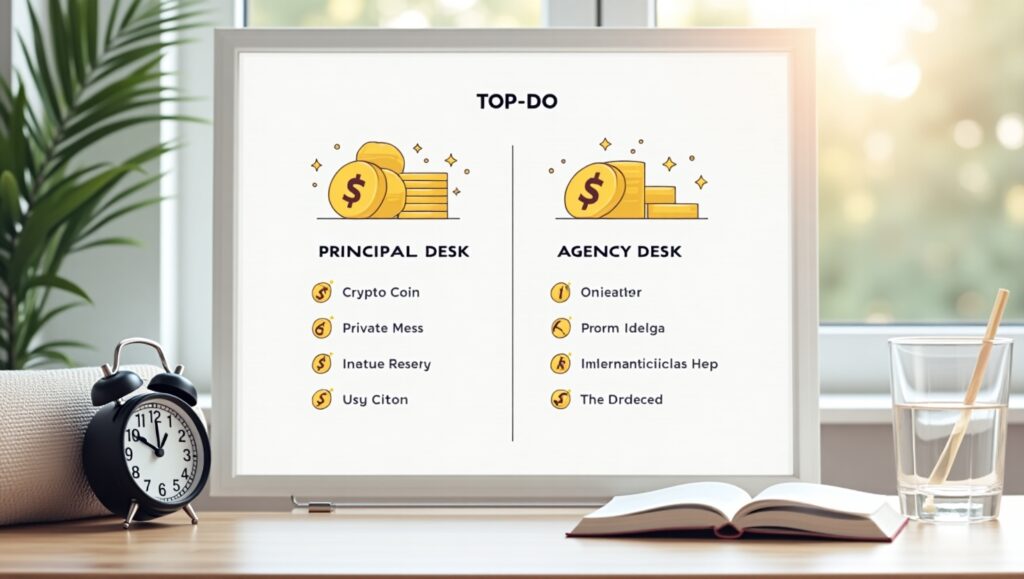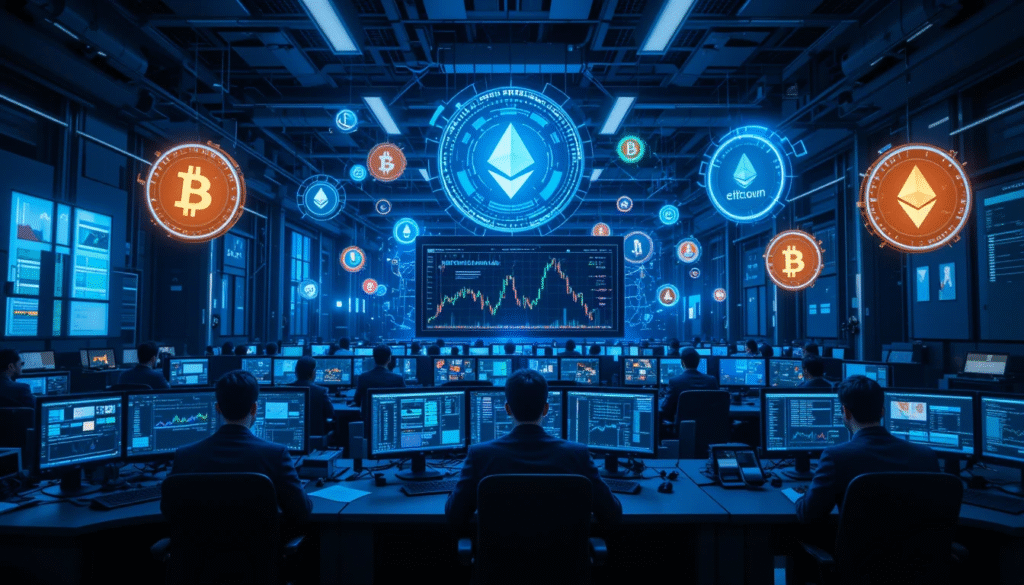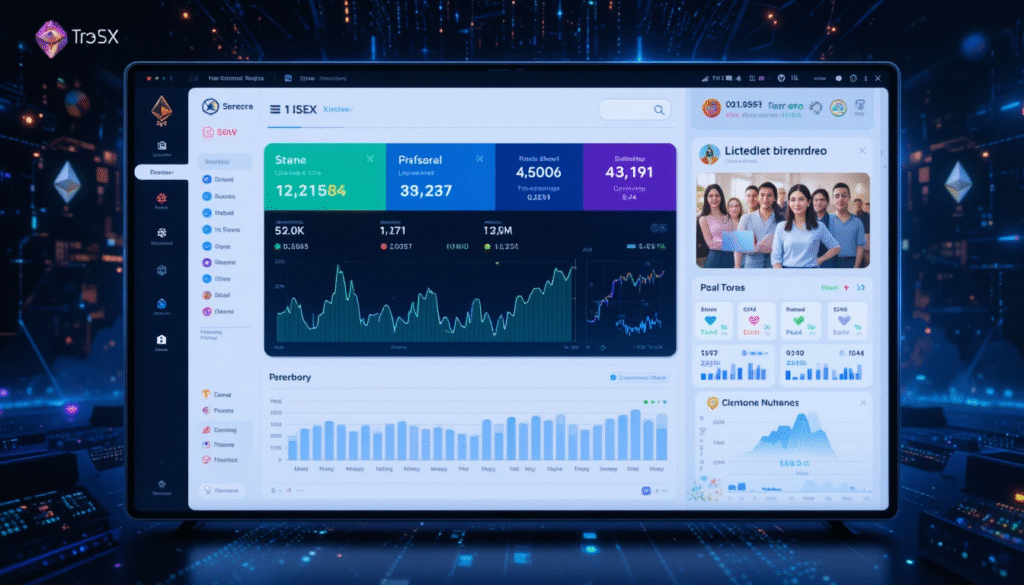Introduction to OTC Crypto Trading Desks
The cryptocurrency market has evolved dramatically in recent years. From retail investors trading on public exchanges to institutions moving billions across borders, the landscape is expanding. One specialized segment that’s gained massive traction is the OTC (Over-the-Counter) Crypto Trading Desk.
In this guide, we’ll explore everything you need to know about OTC trading desks, including what they are, how they work, who uses them, benefits, risks, and how to get started.
What is an OTC Crypto Trading Desk?
An OTC crypto trading desk is a service that facilitates direct trades of cryptocurrencies between two parties, typically off public exchanges. These desks are designed for high-volume trades that may not be executed efficiently on regular exchanges due to liquidity issues or market impact.
Simply put:
OTC desks match buyers and sellers privately, often for trades exceeding $100,000 or more.

Why OTC Trading Desks Exist
OTC desks address key problems that high-volume crypto traders face:
- Lack of Liquidity on Exchanges: Centralized exchanges may not have enough volume to support million-dollar trades without major price slippage.
- Privacy Needs: Institutions or whales may not want to reveal their trade intentions publicly.
- Regulatory Compliance: OTC desks often help in ensuring proper KYC/AML procedures are followed.
How Does an OTC Crypto Trading Desk Work?
1. Initiating the Trade
A client contacts the OTC desk with a request (e.g., “Buy 500 BTC”).
2. Quotation and Agreement
The desk gives a quote. If the client agrees, the trade is locked at the quoted price.
3. Transfer of Funds
The client sends fiat or crypto to the OTC desk or escrow account.
4. Trade Settlement
The OTC desk releases the crypto or fiat to the counterparty.
This process may happen within minutes to hours depending on the structure and size of the transaction.
Types of OTC Crypto Desks
| Type | Description |
|---|---|
| Principal Desks | Trade from their own books. Profit from spread. |
| Agency Desks | Act as middlemen. Match client orders with other clients. |
| Electronic OTC Platforms | Combine automation with human brokerage (e.g., FalconX, Binance OTC). |
Who Uses OTC Crypto Trading Desks?
1. Institutional Investors
Hedge funds, asset managers, and corporations prefer OTC desks to move large volumes efficiently.
2. Crypto Whales
Early adopters and miners holding large crypto positions use OTC services to avoid moving the market.
3. High Net-Worth Individuals (HNWIs)
Private investors seeking privacy and security often opt for OTC solutions.
4. Exchanges and Liquidity Providers
Even crypto exchanges use OTC desks to rebalance liquidity or settle trades.
Benefits of Using an OTC Desk
✅ Price Protection
Avoid slippage due to market depth limitations on public exchanges.
✅ Privacy & Discretion
Keep large trades off the public order books to maintain anonymity.
✅ Personalized Service
Dedicated account managers, customized settlement times, and deeper communication.
✅ Better Liquidity
Access to deep pools of crypto liquidity globally through dealer networks.
✅ Faster Settlement
Many desks offer T+0 settlement, especially when both parties are pre-vetted.
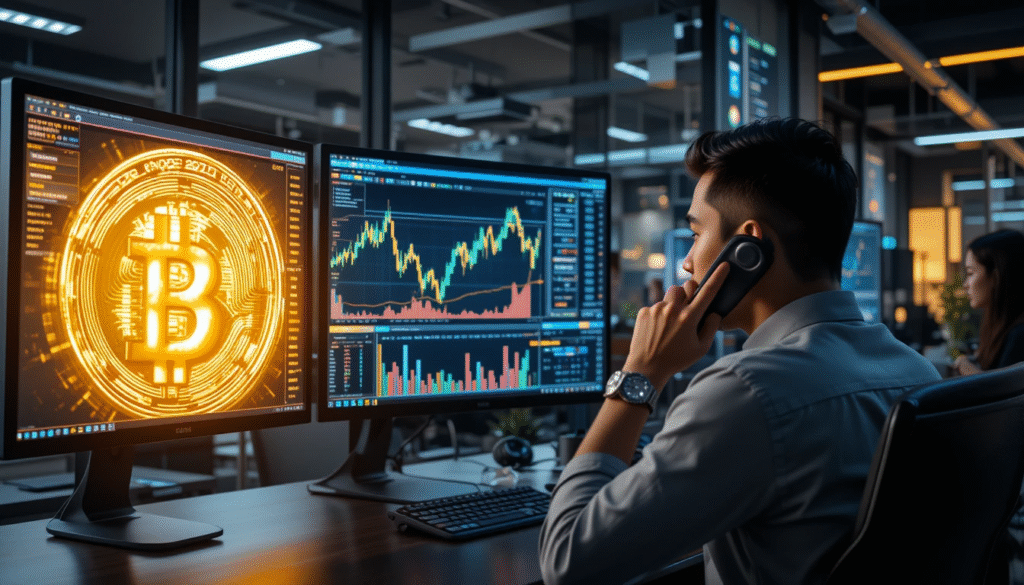
Risks & Challenges of OTC Crypto Trading
Despite the advantages, OTC trading isn’t without risks:
- Counterparty Risk: There’s always a chance of the other party defaulting.
- Scams & Fraud: Unscrupulous desks or impersonators can pose security threats.
- Regulatory Hurdles: Not all jurisdictions allow large crypto transactions without thorough documentation.
- Price Manipulation: Lack of public order book transparency can create room for manipulation.
Popular OTC Trading Desks
Here are some leading players in the OTC crypto space:
| OTC Desk | Description |
|---|---|
| Genesis Trading | Institutional-focused, global reputation |
| Binance OTC | Built into the Binance platform for high-volume users |
| FalconX | Algorithm-driven desk with automated pricing |
| Kraken OTC | Offers deep liquidity and global coverage |
| Galaxy Digital | Targets institutional and ultra-wealthy clients |
How to Choose the Right OTC Desk
When selecting an OTC desk, consider:
✅ Reputation and Track Record
Search for desks with verified trades, established history, and regulatory compliance.
✅ Fees and Spreads
Understand the spread margins and hidden charges.
✅ Liquidity Access
Ensure they have access to a wide network of buyers and sellers.
✅ Settlement Speed
Faster settlement reduces market risk and enhances confidence.
✅ Security Protocols
Cold storage, escrow services, and advanced KYC/AML procedures are a must.
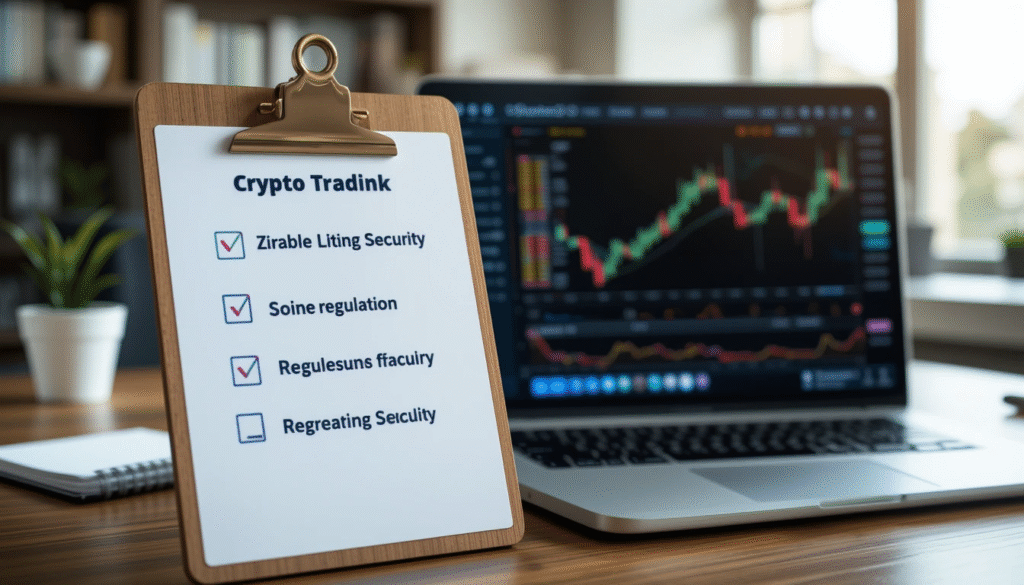
OTC Crypto vs Traditional Exchange Trading
| Feature | OTC Desk | Traditional Exchange |
|---|---|---|
| Volume | High | Low to Medium |
| Privacy | High | Low |
| Liquidity | Deep | Variable |
| Transparency | Low | High |
| Speed | Fast (Custom) | Medium |
| Interface | Broker-based | Self-service UI |
Tips for First-Time OTC Crypto Traders
- Verify the Desk’s Credentials
Check for registration, licenses, and public reviews. - Use Escrow for Initial Trades
Especially important when dealing with new or international desks. - Request Quotes from Multiple Desks
Compare to ensure you get the best spread. - Understand the Legal Implications
Always follow KYC/AML and local crypto regulations. - Start with Small Test Trades
Before scaling up, test the process with smaller amounts.
Future of OTC Crypto Trading
With institutions like BlackRock and Fidelity entering the crypto space, the future of OTC trading is bullish. As markets mature, expect:
- Integration of AI-driven trade matching
- Automated compliance checks
- On-chain OTC trade settlements via smart contracts
- 24/7 global liquidity
Conclusion
OTC crypto trading desks provide a vital service for serious traders, institutions, and high-net-worth individuals. Whether you’re looking to move $100K or $100M, an OTC desk can offer you better liquidity, discretion, and a personalized trading experience.
But like any financial service, do your research, ask questions, and trade with caution.
